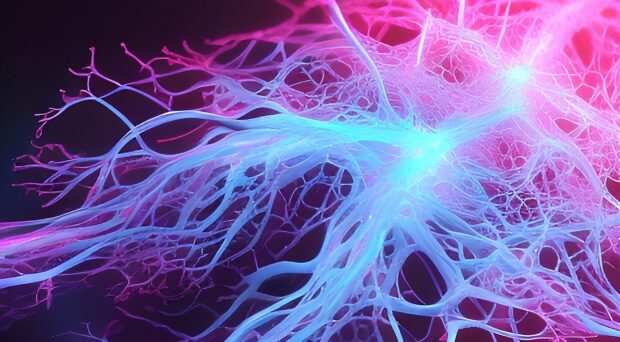
Toxoplasma gondii is a parasitic protozoan that can infect pretty much all warm blooded animals. It is estimated that a third to half of the human population are infected with Toxoplasma – and many remain asymptomatic. However, it can lead to toxoplasmosis – which manifests as behavioural or neuropsychiatric changes in the animal (for example, Toxoplasma, a common parasite that makes you angry). It can also be passed on to fetuses, impacting their development or causing miscarriages. Whilst the parasites can infect most animals, it can only reproduce sexually inside feline hosts and the oocytes are shed in cat feces- this is why pregnant women are advised not to change cat litter trays.
Unsurprisingly, a lot of work has gone into studying this parasite and how it works (an example was highlighted in Hilary Hurd’s blog last week Immune-induced change in gut microbiota plays a role in pathology caused by Toxoplasma gondii infection), with the ultimate aim of being able better prevent, control or treat infections. We therefore know quite a bit about how the parasite is able to breach the blood – brain barrier in order to cause disease.
What we (the general public) probably were not expecting is that researchers would go beyond that and look for ways exploit, for our own benefit, the finely-tuned, highly evolved mechanisms the parasite would normally employ to spread through the Central Nervous system and cause disease. However, this is exactly what Shahar Barcha and her team have done.

Building on work already done using this parasite to deliver proteins to host cells, the team of researchers leveraged two of the three secretory organelles the parasite uses, rhoptry and dense granules secretory organelles, to deliver large therapeutic proteins intracellularly to the host or patient.
Parasites were engineered to express selected beneficial neuroproteins fused to carrier proteins (toxofilin for rhoptry targeting and GRA16 for dense granule targeting) for testing in vitro. Further to this, the team also tested the potential for multiple protein development by creating a T. gondii line that simultaneously expressed rhoptry and dense granules.
Initial tests of these engineered parasites occurred in human tissue cell lines, neurons and brain organoids. The next steps were to inject these engineered parasites into mice. For this, a new line of T.gondii with lower virulence was developed, and inoculated intraperitoneally into the mice. Inoculated mice showed high levels of cysts and confirmed that MECP2, a protein that is needed for normal functioning of nerve cells, was indeed delivered to the brain.
Overall, the studies by Shahar Barcha and team show that T.gondii could be a versatile carrier for therapeutics that are needed to be delivered intracellularly. Certainly, using the parasite helps bypass many of the difficulties researchers and clinicians currently encounter in getting therapeutic proteins and molecules to the areas of the body that they are needed. There does need to be considerably more research and testing conducted before it can be used on humans, and for specific diseases.
My own personal feeling is its use as therapeutics should be monitored and regulated closely, solely because it is a pathogenic parasite (even if engineered to be less virulent). However, also from a personal perspective, these studies do bring much needed hope to many people who suffer from neurological diseases where there isn’t a cure, and currently no chance of reversing the disease.


Comments